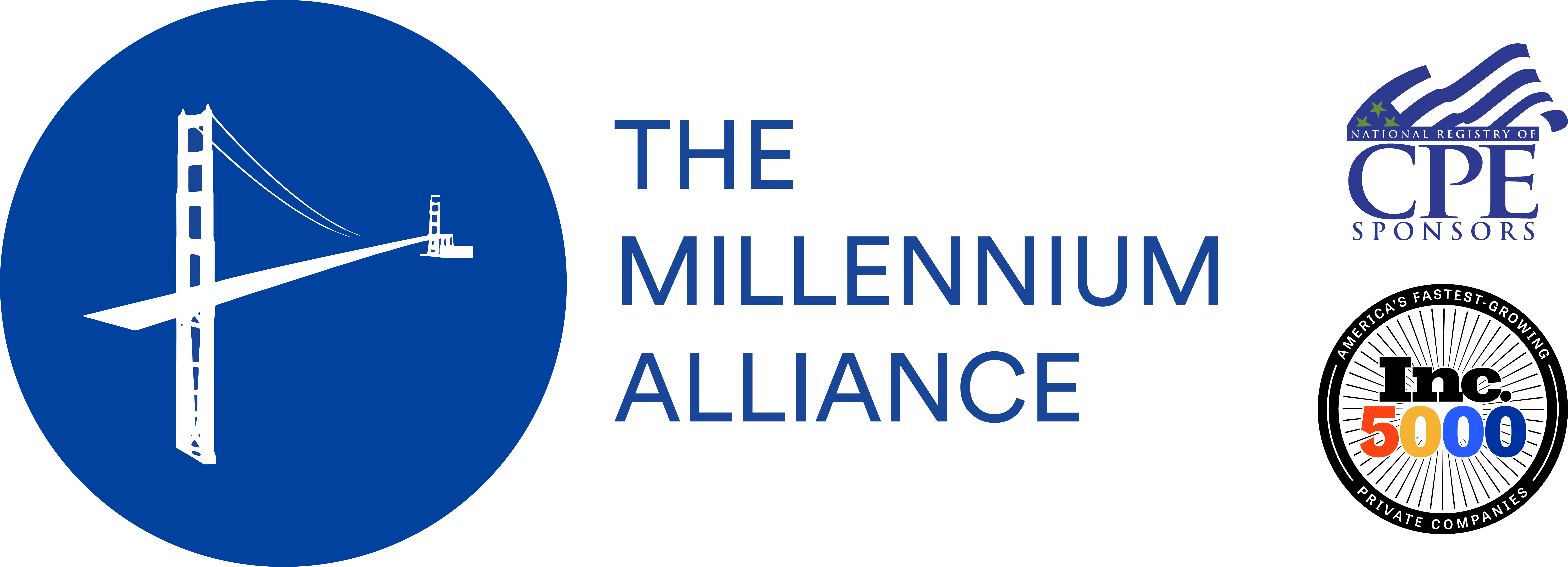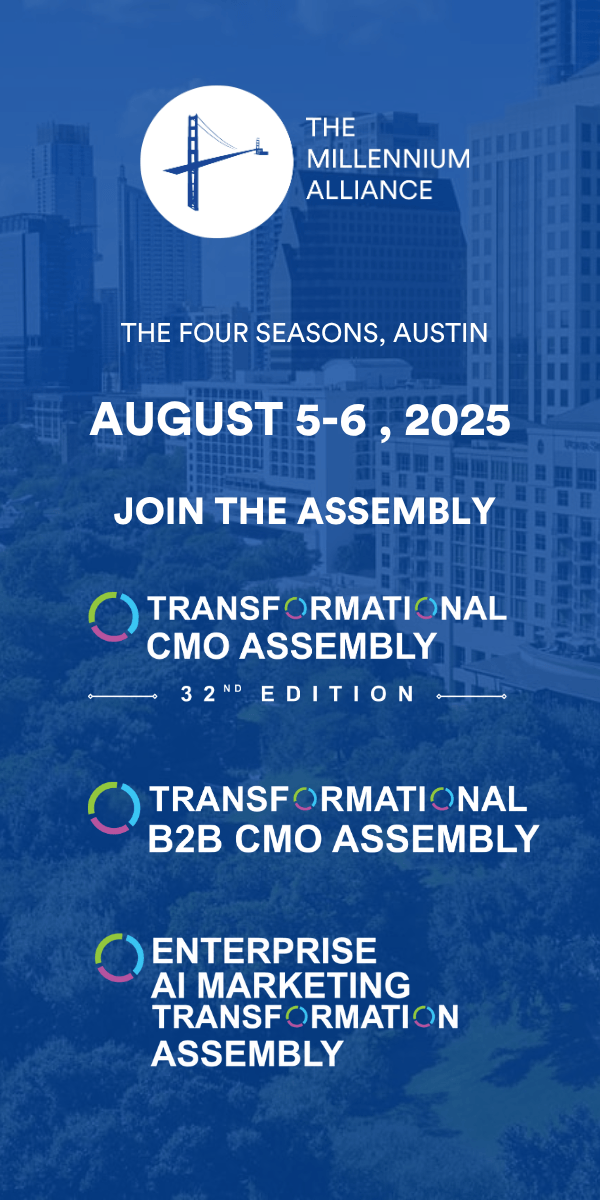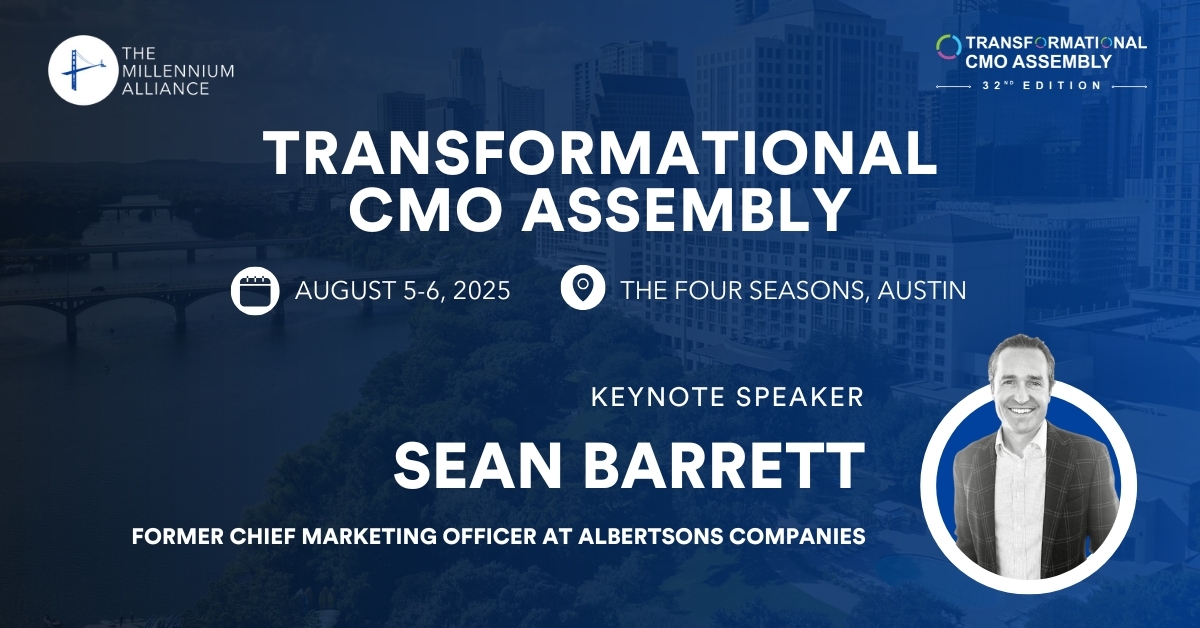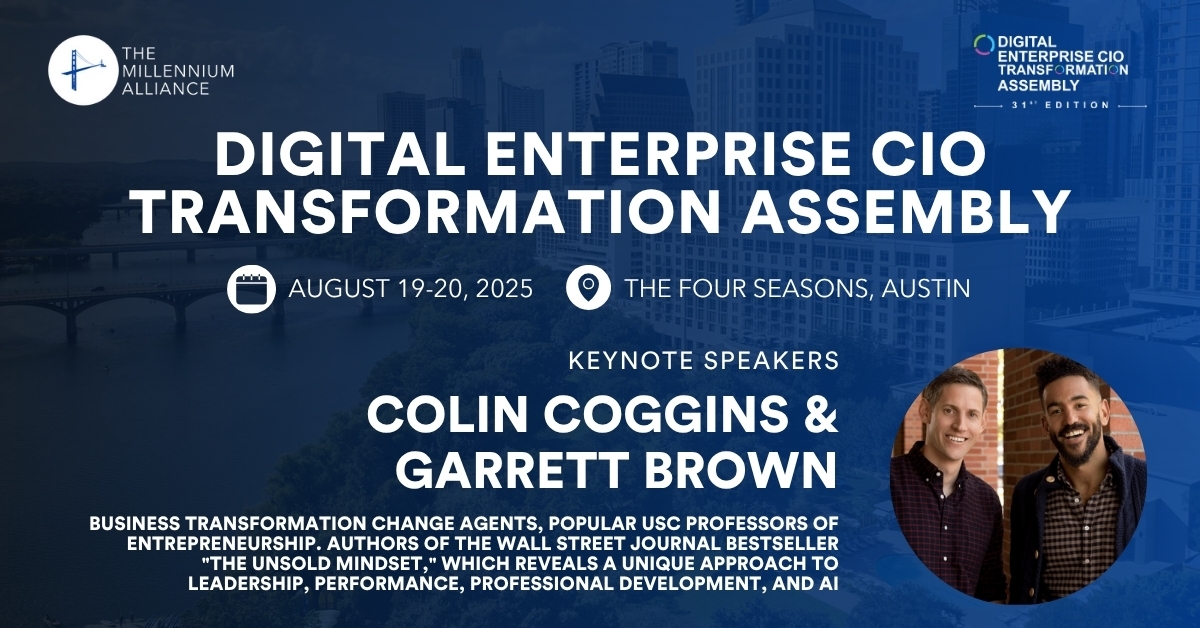As originally published by Denise Lee Yohn on Linkedin.
The traditional top-down approach to building organizational culture no longer works, if it ever did. Culture must be a top leadership priority but it can’t be only a leadership responsibility. A new culture-building approach — one in which everyone in the organization is responsible for some aspect(s) — is needed and, in fact, is already fueling the success of some organizations.
I recently wrote about this new shared-responsibility culture-building model for the Harvard Business Review and explained how different people and functions within an organization play different roles in developing and maintaining its desired culture (that is, the culture needed to support and advance the company’s goals and strategies.) For example:
- Board of Directors — Guide the definition and development of the desired culture, ensuring that it aligns with business goals and meets the needs of all stakeholders.
- Owner/CEO & Executive Team – Define the desired culture and cultivate it through leadership actions.
- Human Resources – Design employee experiences that interpret and reinforce the desired culture. Also implement strategies and programs that enable the rest of the organization to fulfill their culture responsibilities.
- Compliance, Risk, and Ethics — Provide input to the definition of the desired culture from the perspective of ethics and risk. Also ensure execution on desired culture aligns with the company’s risk management strategies.
- Middle Managers – Deliver employee experiences that interpret and reinforce the desired culture. Implement culture-building strategies.
- Employees — Provide input to the definition of the desired culture and culture-building programs and tactics. Align their attitudes and behaviors with the desired culture.
Due to editorial requirements, my HBR article was only able to dive into the culture-building responsibilities of the board of directors and middle managers. (See the original article and this infographic for more on these.)
This piece now addresses the roles that Human Resources and Compliance/Risk/Ethics* play in shaping and cultivating organizational culture. Although these two groups might not be the first to come to mind when considering how to cultivate an on-brand culture, they can – and should – influence it significantly.
(*Although these three areas are different and may be organized into separate functions and/or handled separately within some organizations, I am grouping them together since they are highly related and should play similar roles in culture building.)
Shape Culture Through Employee Experience and New HR Priorities
The culture-building responsibility of HR is often taken for granted in smaller organizations — and in larger ones is relegated to a sub-group within the HR department. But through its impact on the employee experience (EX) and involvement in new workforce priorities such as diversity, equity, and inclusion (DEI), HR as a whole has extensive influence on an organization’s culture — so all its managers must be actively, intentionally, and fully engaged in culture-building efforts.
EX is the sum of everything an employee experiences throughout his or her connection to the organization – and organizational leaders should design its EX to support and advance its desired culture. Just as customer experience is the manifestation of a company’s brand, EX should embody and express the company’s culture. That means all HR strategies, programs, and functions — such as recruiting, onboarding, learning and development, compensation and benefits, performance planning, rewards and recognition – must interpret and reinforce the organization’s purpose and values and encourage the attitudes and behaviors desired from employees.
Moreover, HR managers are often at the forefront of organizations’ increasing priority on DEI practices, the requirements for shifting to remote or hybrid work, and new emphasis on workforce analytics and assessment. Organizations must consider the impacts of these new priorities on their cultures, mitigating the risks and distractions they pose and leveraging their power to accelerate and enhance culture change. HR, with its people purview, is in the perfect position to ensure this.
People in HR must not only adopt an active role in culture-building, but also work as enablers to help the rest of the organization fulfill their culture responsibilities. This includes efforts such as:
- Developing and deploying tools such as culture guidebooks to help employees understand cultural norms and expectations, and culture assessment tools that enable managers to classify employee attitudes and behaviors as supporting or detracting from the desired culture.
- Offering training and organizational development programs that develop leadership capacity for culture-building and employee engagement with the culture.
- Spearheading culture audits and assessments to measure and track progress toward the desired culture.
For example, the consultants at Walking the Talk report on the effectiveness of an HR-led culture assessment in facilitating culture change at growing entertainment conglomerate. Using a combination of qualitative and quantitative research methods, the company was able to pinpoint how the actual culture differed from the desired culture on six key dimensions. These findings led to the development of a global plan to realign systems and symbols and define the changes needed to shift employee behaviors.
Integrate Compliance, Risk, and Ethics Into Culture Core
Some organizations may recognize the importance of “risk culture” or a culture of risk management; but compliance, risk, and ethics priorities are usually not integrated into core culture-building efforts. And managers in these areas tend to be perceived naysayers who are likely to block new initiatives. But these functions should be engaged as strategic partners who help weigh the risks of doing something along with those of not doing it and can move the organization forward by shaping its culture.
Take a company’s Code of Conduct, for example. Consider how some organizations use their Code of Conduct to address ethical behavior and standards for professional behavior (e.g., conflicts of interest or reporting harassment), while separately expressing core values that describe the unique ways it wants employees to think and act (e.g., radical candor or learning mindset). Employees can become confused if these two guidelines conflict or don’t seem to relate to each other. Instead, the compliance, risk, and ethics groups should work with the organization’s leaders to develop a Code of Conduct that interprets and reinforces the company’s desired culture and risk management approach.
Other ways the compliance, risk, and ethics functions should be actively engaged in culture-building include:
- Providing recommendations, guidance, and assessments of risk relative to the desired culture – e.g., input on new behavior standards and expectations for employees in areas such as incentives and performance management.
- Identifying trends from external sources and assessing issues based on internal reporting channels about the adoption of new technologies or processes that may advance or detract from the desired culture.
- Ensuring that tools such as ethics decision trees, processes such as a whistleblower program, and systems such as compliance monitoring align with the desired culture.
Volkswagen has experienced the benefits of this more integrated approach. The compliance and ethics functions at the company have played a crucial role in the Together4Integrity program that the company initiated in the wake of the emission scandal several years ago. While this is not surprising, it is remarkable that the revamped whistleblower program they implemented has quickly produced a more open, transparent company culture, as evidenced by the dramatic increase in the number of whistleblowers who attached their names and contact information to tips in 2019 (80%, up from 15% just two years earlier), as reported by The Wall Street Journal.
Build Culture By Engaging Everyone
Human Resources and Compliance/Risk/Ethics are only two of the many groups that must be engaged in culture-building. An organization’s leaders may spearhead the definition of the desired culture, but different functions and groups within the company are best equipped to support and advance different aspects of it.
Without everyone engaged and empowered to build culture, a desired culture is likely to remain only a desire.
***
This is the latest in my Brand+Culture Series. To be notified whenever new articles are posted here, subscribe by clicking on the button in the upper righthand corner of the page. To learn more about the series, see:














